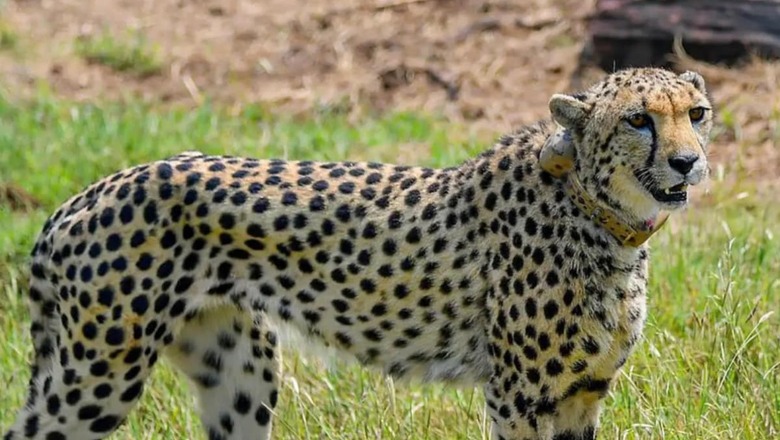
views
Prime Minister Narendra Modi released eight Asiatic Cheetahs brought from Namibia to Kuno National Park in Madhya Pradesh on September 17. The entire country eagerly awaited the arrival of the cheetahs, which were flown in on a special cargo flight for 10 hours from Namibia. Two Indian Air Force helicopters transported the eight cheetahs from Gwalior to Palpur, which is close to Kuno National Park.
Since their arrival in India, the eight African cheetahs –five females and three males– have made Kuno National Park, a 748 square kilometre area in the vast forest landscape of Madhya Pradesh, their new home. The park is far from any populated areas but is close to the Sal forests of Koriya, now in Chhattisgarh, where the Asiatic Cheetahs were last seen nearly 70 years ago.
A sizable part of the forests in India is regarded as a cheetah habitat, taking into account the climatic conditions best suited for the wild cat, with the exception of high altitudes, coasts, and the northeastern region. As a result, several other locations were considered for the project a decade ago. Between 2010 and 2012, surveys were conducted at ten sites in Madhya Pradesh, Chhattisgarh, Rajasthan, Gujarat, and Uttar Pradesh. Later, it was discovered that Kuno matched the required climatic and ecological conditions for the Asiatic Cheetah.
Considering climatic factors, prey densities, predator populations competing with it, and historical range, the Wildlife Institute of India and Wildlife Trust of India (WTI) determined that it was the most favoured habitat for the cheetahs from Namibia.
According to the government’s plan, Kuno has the required ecology to house four types of large cats in India, including tigers, lions, leopards and cheetahs. Kuno National Park is also one of the country’s few national parks with no human settlements in its immediate surroundings. This was accomplished between 1998 and 2003 when roughly 24 villages inside the former sanctuary were relocated to free up the land.
The national park can currently hold up to 21 cheetahs, and if necessary measures are taken and the prey base is monitored, it may even be able to hold upto 36 of them. The goal is to establish a meta-population of cheetahs at Kuno and work towards translocating the wild cats to other chosen locations if the current translocation remains successful in the long run.
Read all the Latest Lifestyle News and Breaking News here




















Comments
0 comment